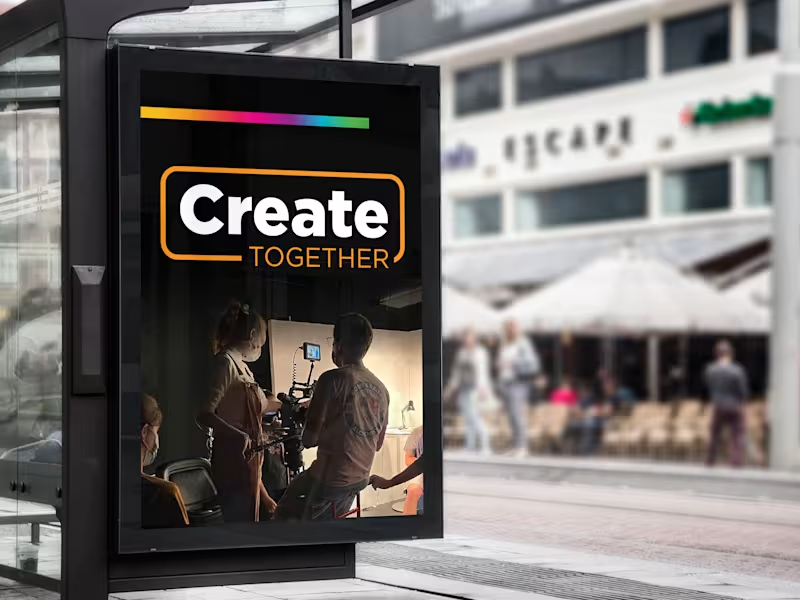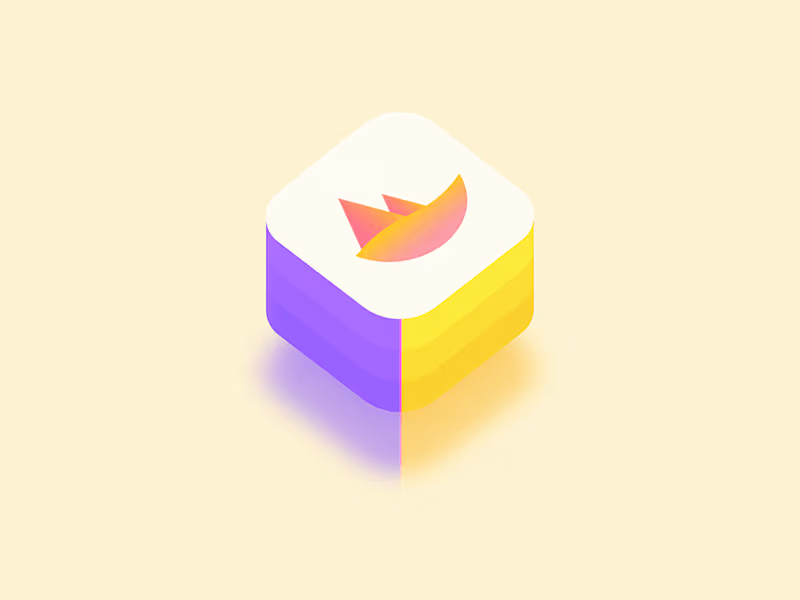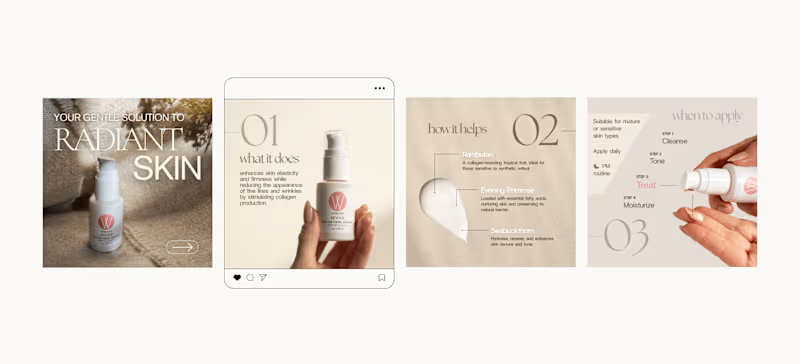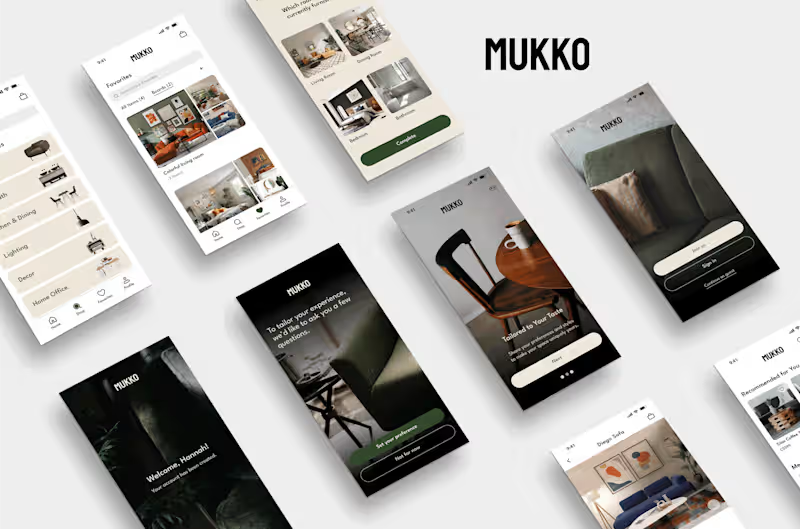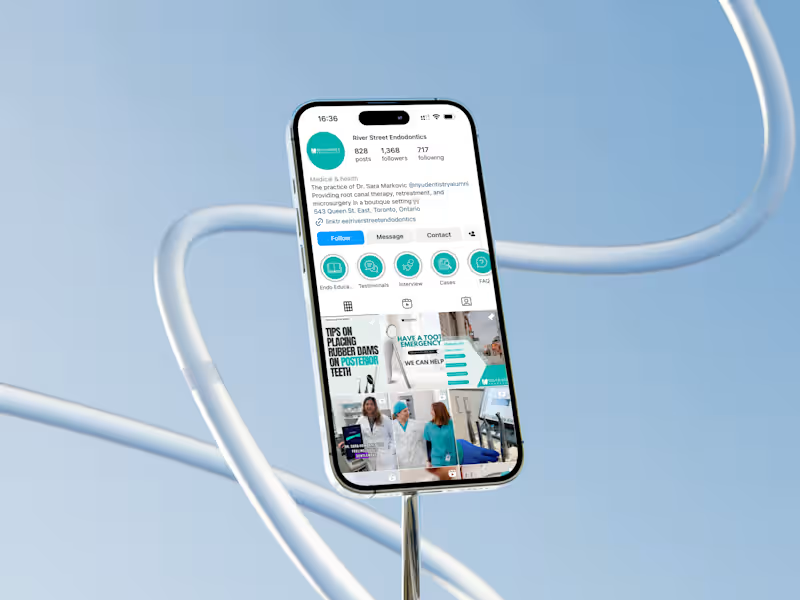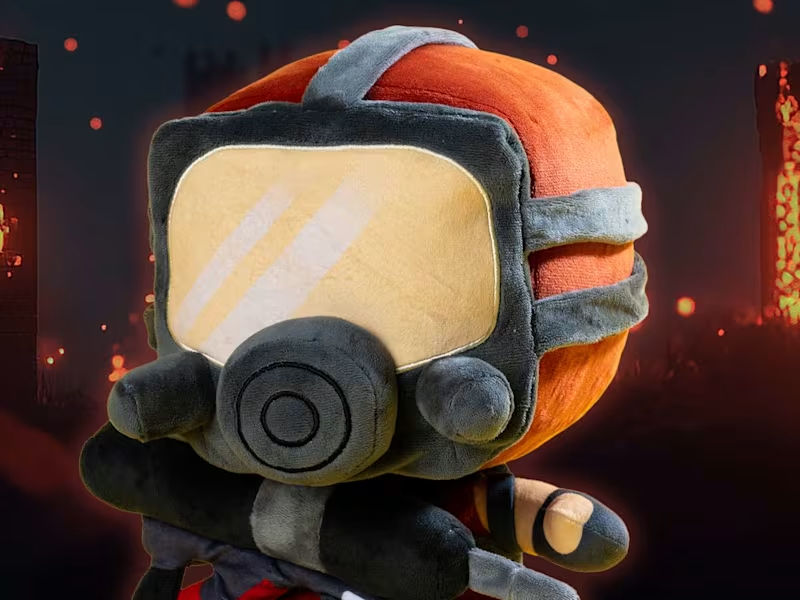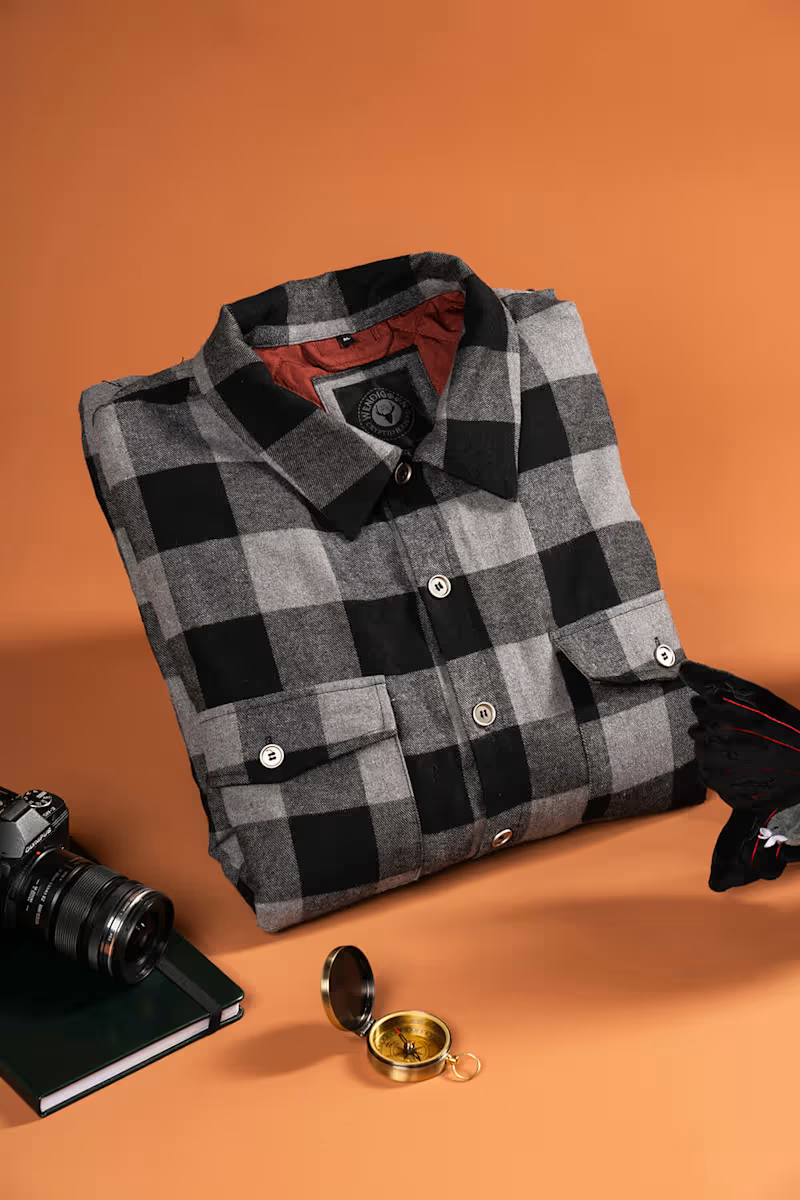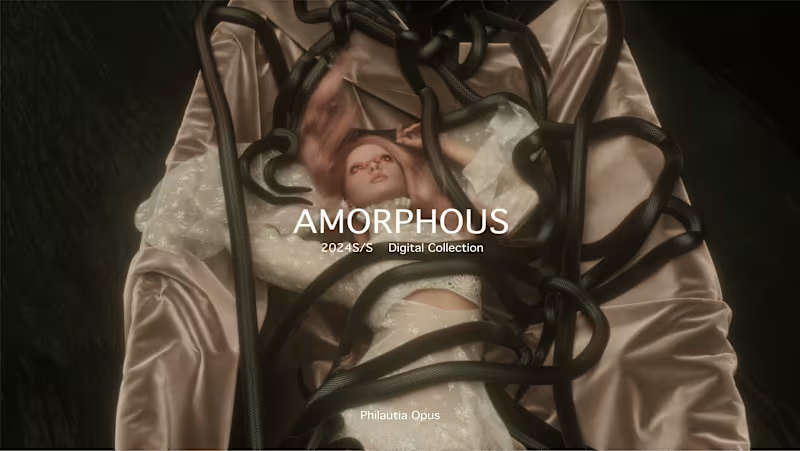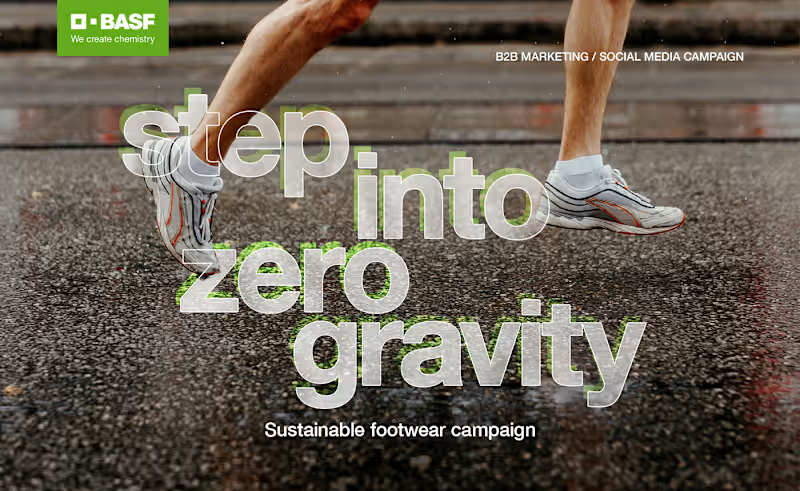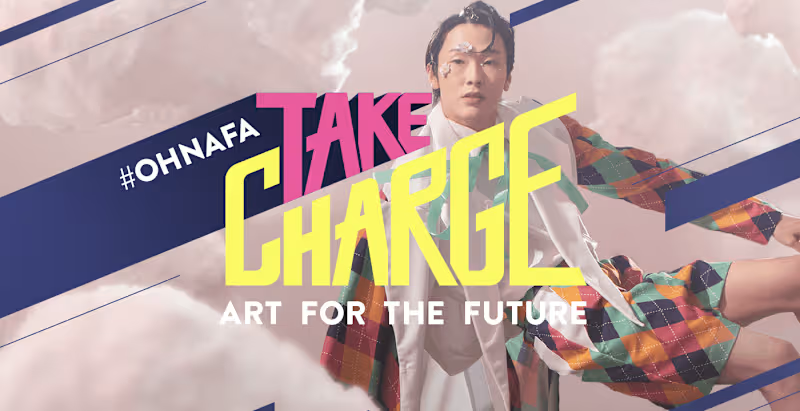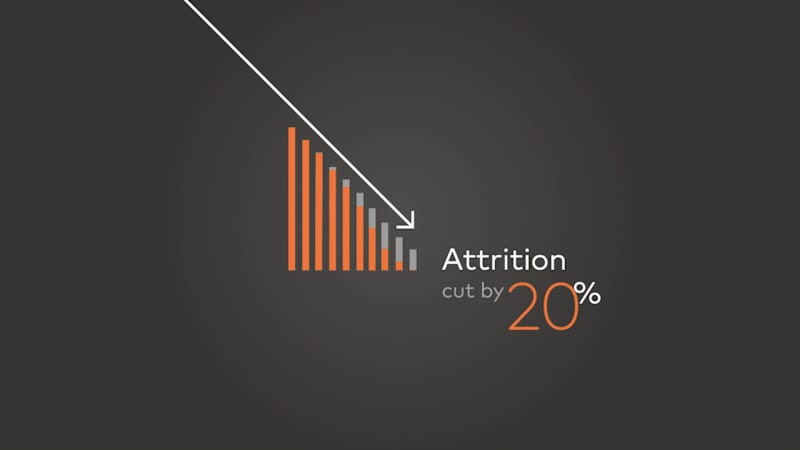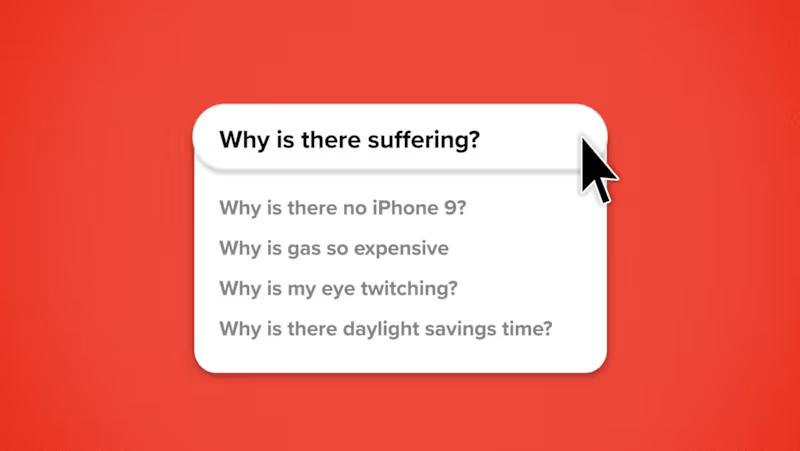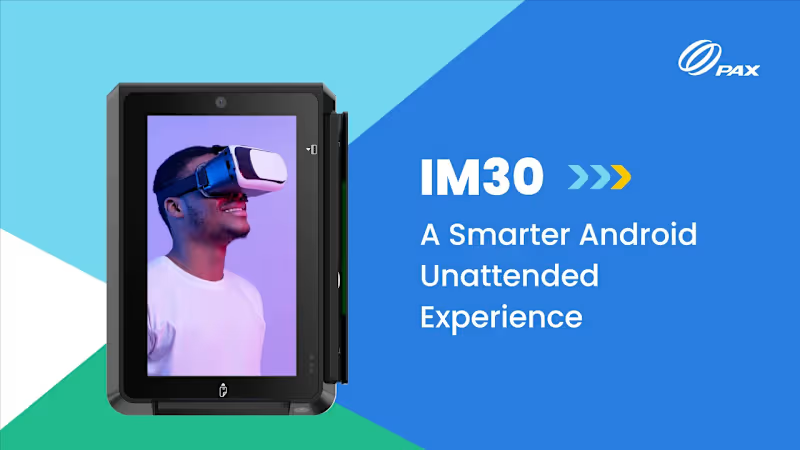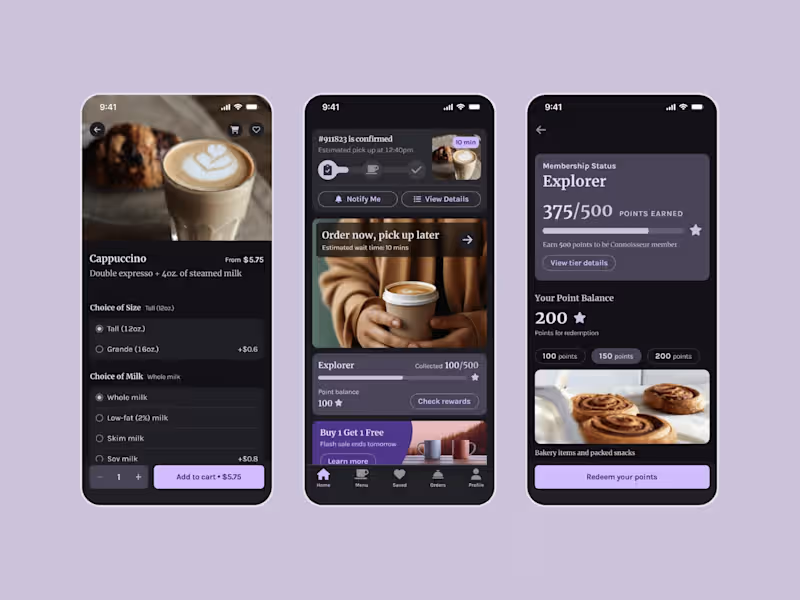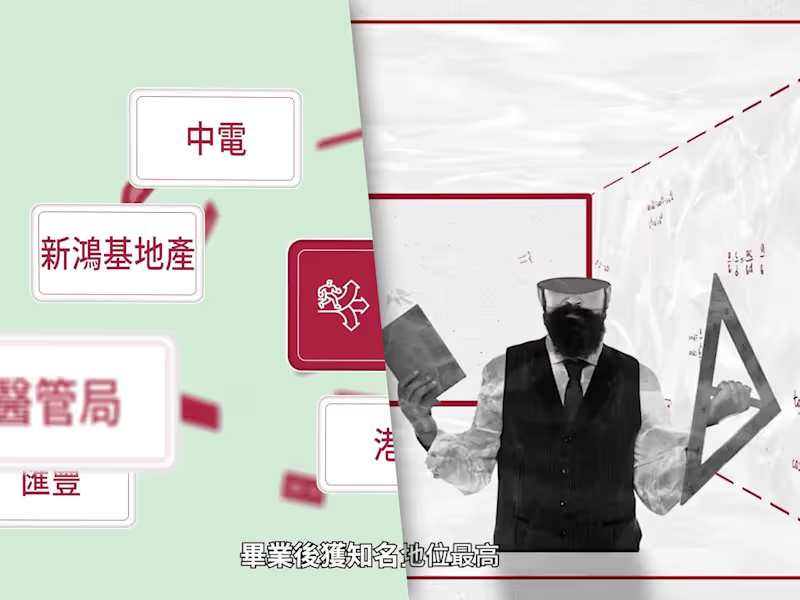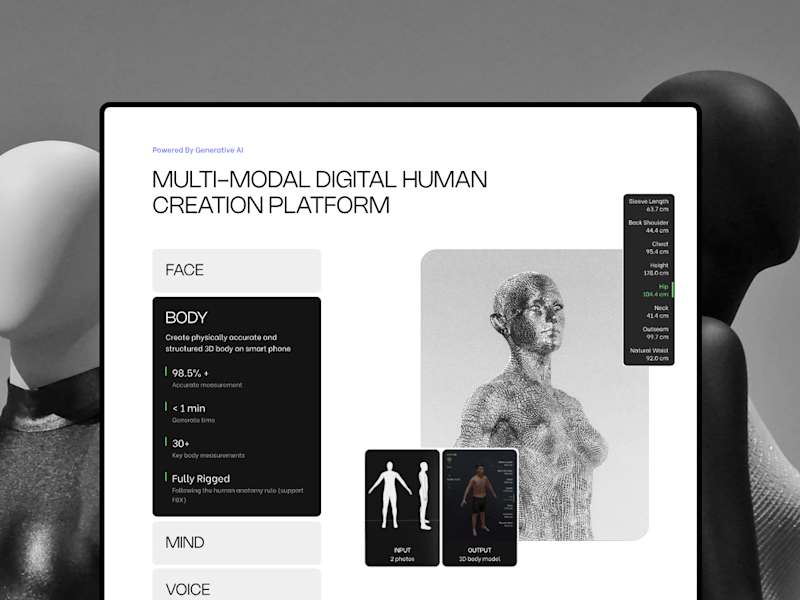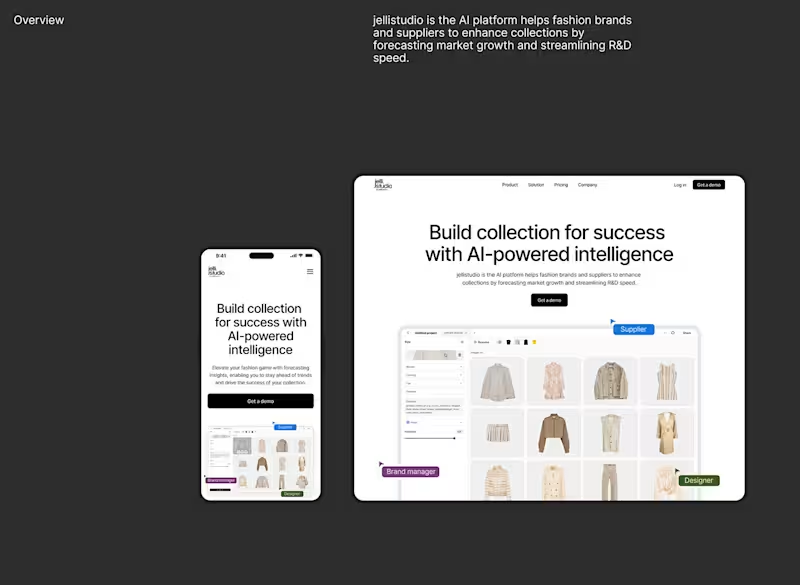What should I look for in a motion designer's portfolio?
Look for projects similar to yours in their portfolio. Check the quality and creativity of their animations. See if their style matches what you have in mind for your project.
How can I define the scope of my motion design project?
Start by writing down what you want the final result to be. Think about how long you need the animation to be and what story it should tell. Be clear about the types of animations and effects you expect.
What should I include in my project brief for a motion designer?
Mention the goals and target audience of your project. Include the timeline and deadline. Share any brand guidelines and styles to follow.
How do I set a timeline for my motion design project?
Decide when you need the project finished. Allow time for drafts and changes. Ask the designer how long each part of the project will take.
How do I communicate my brand's style and vision to the motion designer?
Provide brand guidelines and past campaigns. Explain your brand's voice and what it stands for. Share examples of styles you like.
How can I make sure the motion designer understands my feedback?
Use clear language and give examples. Be specific about what you liked or didn’t like. Ask if they need more details or have questions.
What deliverables should I ask for from a motion designer?
Request files in high-quality formats that work for your platform. List the specific animations or scenes you need. Confirm how you will receive the final files.
How can I evaluate the progress of my project with a motion designer?
Plan regular check-ins to see drafts and updates. Use these to discuss any changes needed. Make sure deadlines are still being met.
What is the best way to establish good communication with a motion designer?
Set up clear channels like email or chat tools. Agree on how often you will touch base. Be honest and open with your feedback.
How do I ensure the project stays on track with a motion designer?
Have a timeline with milestones for each phase. Review progress at each milestone. Be ready to make quick decisions if changes are needed.
Who is Contra for?
Contra is designed for both freelancers (referred to as "independents") and clients. Freelancers can showcase their work, connect with clients, and manage projects commission-free. Clients can discover and hire top freelance talent for their projects.
What is the vision of Contra?
Contra aims to revolutionize the world of work by providing an all-in-one platform that empowers freelancers and clients to connect and collaborate seamlessly, eliminating traditional barriers and commission fees.





























